Grief has TiE inspection picked this up I wonder?
Unlike most tram systems outside the UK we have a paranoia about the return current finding alternative routes to travelling through the running rails, and thus leaking out to find an earth return path via cast iron pipes and other services buried in the street. This means that the steel gauge ties widely used elsewhare are anathema to the designers of UK street track and the rails are thus 'planted' in to reinforced concrete 'pockets' which are those 20 cm wide concrete strips with the upper surface/final pour in the modified design of Edinburgh track poured in black coloured concrete, with the gap between this and the steel filled with a poured seal (various types are available - but one commonly used type cannot be poured in wet weather, and has other constraints). Trior to the black concrete solution the core pockets finished below the tarmac and what is now black coloured concrete was laid as a 6mm Dense Bitumenised Macadam or similar. This did not survive at all well - especially on Princes Street. Before it got to the condition seen on Bilston Road in Wolverhampton (chunks of the top 50mm of tarmac broken away leaving big holes) TiE got the tarmac replaced with black coloured concrete.
Chances are that the structural pocket below is not compromised but clearly the upper concrete screed has not bonded well to the track structure below and broken away. What a contrast to the Phase 1 track in Nottingham, on which I worked with Pedals to deliver a robust top surface. Unlike Manchester, Sheffield, Croydon and Wolverhampton, which in their own ways each needed remedial works, this original Phase 1 track still looks little different to the detail we got nearly 20 years ago.
The detailing on the embedded rail tracks Edinburgh also remains rough, by comparison with the old and new Nottingham tracks, and the newest Manchester tracks being installed by the MPT consortium.
In short this is probably not a structural issue but does pose the question of how well the upper layer of concrete is actually connected to the elements below, and if that is one fault are there any others we may discover.


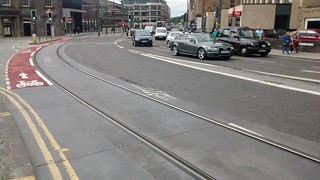
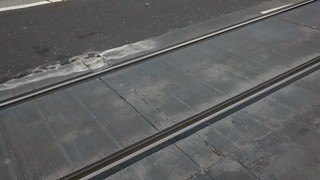
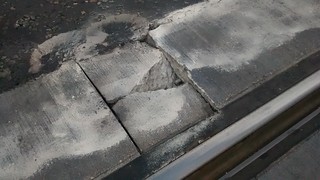
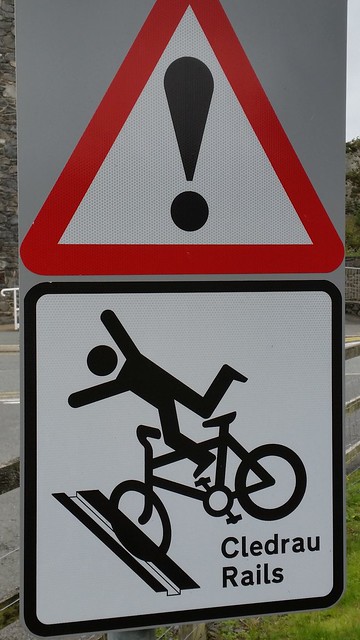
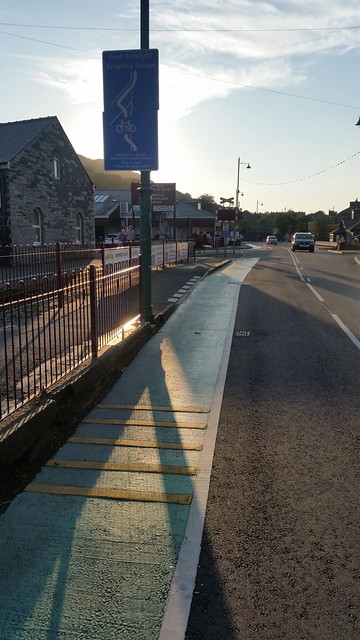
 posts
posts
